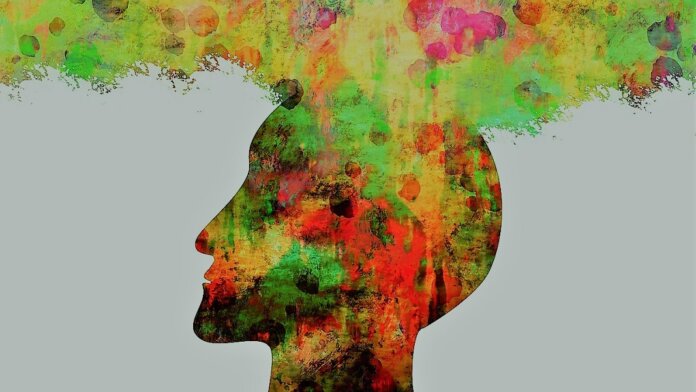In recent decades we’ve seen the rise of an emerging interdisciplinary field that brings together neuroscientists and educators. As technologies like brain mapping and scanning continue to advance our understanding of the human brain, a sub-sector of experts are applying those findings to the classroom.
Instead of being based on traditional or individual assumptions about learning, education is beginning to be treated more like a science. The new discipline, neuroeducation, serves to apply the scientific method to curricula design and teaching strategies. This comes with attempts for a more objective understanding of learning that is based on evidence.
What Is Neuroeducation?
All human abilities, including learning, are a result of our brain activity. Hence, a better understanding of how our brains operate can result in a better understanding of learning.
As we continue to unravel the issues and limitations of traditional education, many solutions involve a better scientific basis behind how we teach. The goal of neuroeducation (also known as mind and brain education or educational neuroscience) is to solidify a scientific basis in teaching and learning. The field uses the latest findings from neuroscience, psychology, and cognitive science to inform education and consequently, teaching strategies.
A significant responsibility of this field is to make the latest findings accessible and practical to educators and policymakers, who often come from non-scientific backgrounds. This includes addressing any popularized “neuromyths” (such as the widely-discredited idea that we only use ten percent of our brains) and other misunderstandings about how our minds work.
Key Findings
There have been many ongoing trends and findings in the field. For instance, we know the brain can continue to re-wire and re-configure itself, even if the rate of change slows down as we get older. This so-called neuroplasticity has been a widely-studied subject in the field.
What’s fascinating is that teaching young minds about neuroscience and neuroplasticity alone can have a positive impact on their learning. One research team conducted a study where seventh graders were taught that learning changes the brain and intelligence can be improved upon. The researchers found that students in this experimental group did better on math tests than peers who did not receive that instruction.
Another significant series of findings has to do with the role of emotions in learning. We know that negative emotions such as fear or stress can have a detrimental effect on the learning process. On the other hand, many have noted the powerful and positive impact that awe-based or passion-based learning can have.
These positive brain states that can be accounted for in supportive and cooperative groups are described to increase memory retention along with pleasure, motivation, perseverance through challenges, and resilience to setbacks. Together, they emphasize the importance of a positive, supportive, and stress-free learning environment.
In extension, effective learning is found to a be a particularly social process. Research has found that from infancy, we learn “better through social cues such as recalling and emulating the actions or words of another person.” Numerous studies have also shown that active, experiential, and problem-based learning dramatically trumps traditional lectures.
A Futuristic Vision
Many like to point out that neuroscience, despite all its breakthroughs, is still in its infancy, as is neuroeducation. As exciting and helpful as these findings are, one can only imagine how much farther we can go.
In the future, it may be possible to use individual data from brain structure and activity to understand each learner’s unique strengths and weaknesses. Furthermore, we could use that information to derive personalized learning styles. Some experts even hope for a complete mapping of human synapses to discover how learning occurs and thereby develop biological strategies for improvement of learning.
As a result, understanding these mechanisms also paves the way for a wave of cognitive enhancement drugs, genetically-enhanced intelligence, and integration with AI devices through brain-machine interfaces.
Earlier this year, the first study to show significant improvements for the cognitive enhancement drugs modafinil and methylphenidate in chess was published in the peer-reviewed journal European Neuropsychopharmacology. In addition, a team of experts from Italy have set up a plan for an e-learning platform that operates on a brain-computer interface called BRAVO to customize the educational experience according to users’ reactions and preferences.
Naturally, there are many challenges to making these speculative technologies a reality. In the words of Michio Kaku,“The human brain has 100 billion neurons, each neuron connected to 10,000 other neurons. Sitting on your shoulders is the most complicated object in the known universe.”
It is important to recognize that while our understanding of our brains has come far and we continue to anticipate many breakthroughs, we do have a long way to go before we understand the activities of the 86 billion neurons, and trillion connections, that make us who we are.
From Research to the Classroom
The studies and findings outlined in this article are just a handful from neuroeducation. They represent a growing body of knowledge and understanding on how our students are learning best and how we can improve teaching strategies.
Discovering and communicating these findings is only half the job. For them to have a meaningful impact, the findings need to be effectively applied into mainstream education. As our understanding of the brain and learning continues to improve, our curricula and teaching strategies need to be constantly updated to keep up.
The National Academy of Science suggests it might be unethical to continue to use the traditional lecture approach when we have growing robust evidence from many different studies that other methods are far more effective.
As student loan debt surpasses credit card debt to leave many graduates unhappy, educational institutions have a moral obligation to provide students with a learning experience that gives them their money’s worth. Applying the latest findings from neuroscience into their classrooms is one way to do so.
Image Credit: Gerd Altmann / Pixabay



